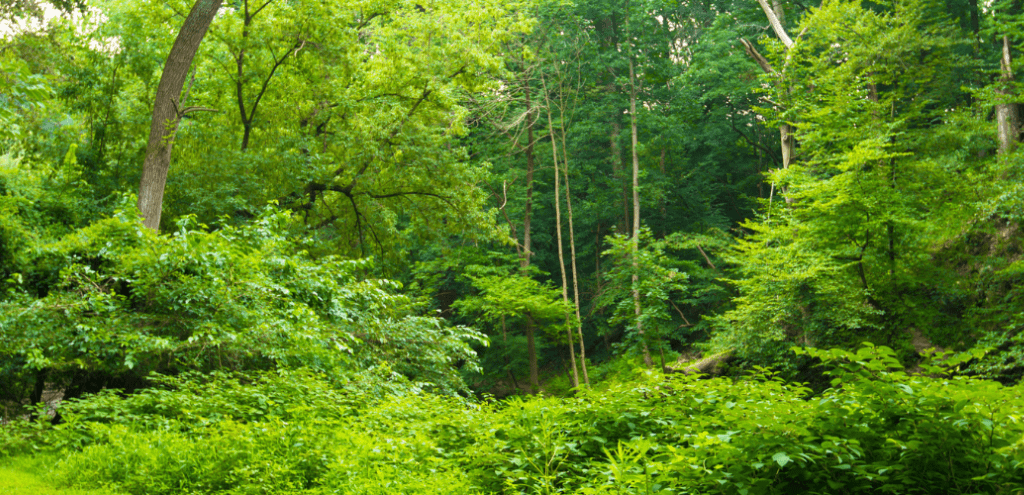
Your Advocacy is Needed TODAY:
Tell the National Park Service (NPS) not to cut down 1,200 trees in Rock Creek Park by submitting comments on their plan to rehabilitate the Rock Creek Golf Course. Your comments are easily submitted through NPS’ online form.
Guidance on how to provide comments and a recommended template are provided further down in this article.
What is Happening:
Rock Creek Park is an oasis of natural resources within the District. Sometimes called the “Lungs of DC,” the tree canopy in Rock Creek Park cools, protects, and shelters people and wildlife. Recently, the National Park Service (NPS) published an Environmental Assessment on a proposed rehabilitation of the Rock Creek Golf Course. At this stage, the plan calls for the removal of over 1,200 trees – amounting to the loss of approximately 8 acres in tree canopy.
While the golf course is a valuable recreational space for the District, surely it can be rehabilitated without the loss of so many trees. The proposed plan will eliminate swathes of forest cover, including significant portions of the densest forest patches in the site. This will have profound negative effects on ecosystem services like stormwater management and impact habitat cover for some of Rock Creek Park’s most sensitive residents. Endangered Species like the Long Eared and Indiana Bats – whose populations have already been significantly harmed by the fungal white-nose syndrome – currently use these forests to roost and forage. Additionally, the Hay’s Spring Amphipod, which is only found in Rock Creek Park, shares habitat with the golf course and relies on forest cover for stormwater treatment. These species and many others will lose the valuable habitat they need to survive. In the map below, all the areas covered in red hatches will be cut clear of trees.
NPS formulated this plan by evaluating existing conditions such as invasive plant spread, impacts of the trees on desired turf areas, and overall health and conditions of the golf course forest cover. Utilizing these criteria, the study found that over 1,200 trees would need to be removed. It is rare that removing declining trees can be beneficial to the overall health of a park; trees provide valuable habitat and resources for wildlife through the very end of their lifespans. Additionally, in our experience, trees can often be saved rather than removed. For example, English Ivy vines covering a tree do not always indicate that the tree below is dead or dying, just that it needs some vine treatment and extra care.
How you can help:
The comment period for this project closes on Tuesday, October 24th, at midnight. You can submit a comment on this page telling the National Park Service to reconsider and re-evaluate the extensive loss of tree cover. If you need pointers on what to say in your comment, feel free to use this template below:
“The forest cover in Rock Creek Golf Course provides significant ecosystem services and habitat benefits to visitors and wildlife. Removing over 1,200 trees will surely harm the ability of this area to support these vital functions and the species that call it home, to the detriment of all of us that call DC home. I am asking the National Park Service to extend the comment deadline, and to reconsider the proposed plan and re-evaluate the metrics used to determine how many trees must be removed. The plan should prioritize saving trees that form the cores of forest patches that are designated for removal. Losing this many trees at a time when the District’s canopy is already shrinking would be a terrible loss.”



